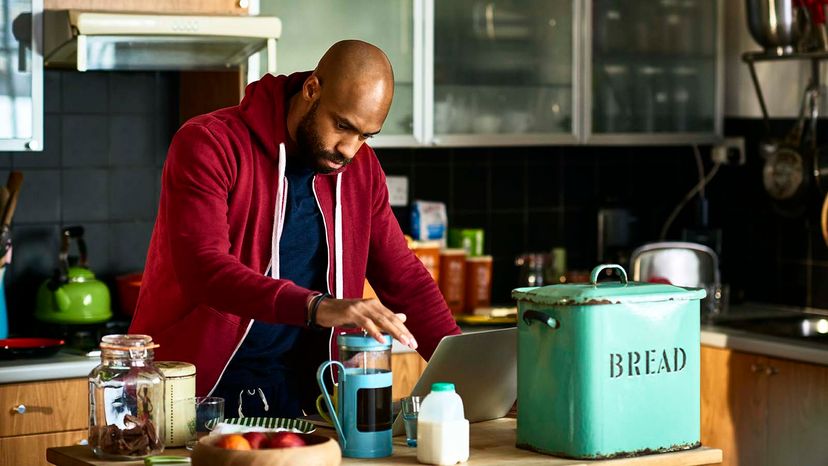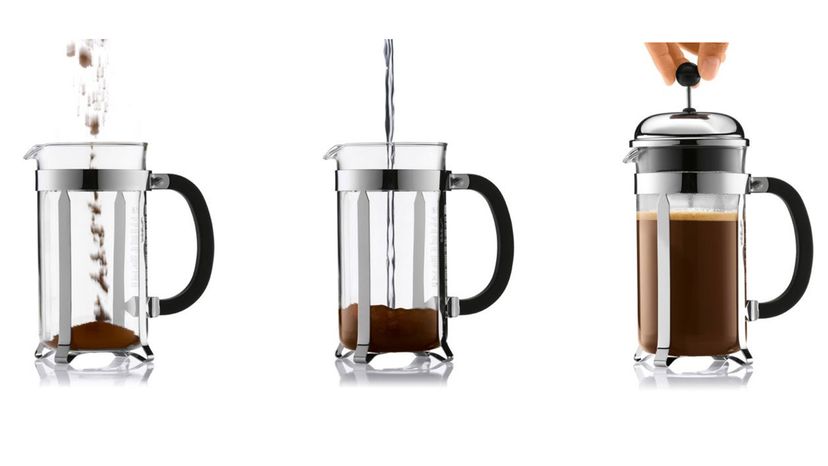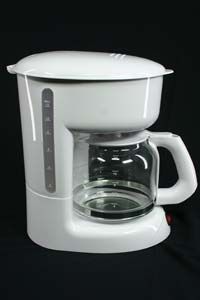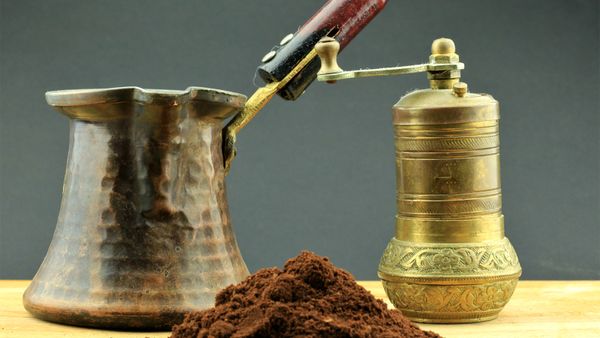
Americans love coffee. In fact, the 2022 report from the National Coffee Association says coffee consumption in the U.S. is higher than it's been in 20 years. Nearly 66 percent of Americans drink coffee each day — that's more than all other beverages including tap water.
Part of that could be because there are so many different gadgets for brewing and preparing the stuff. The top two methods still remain drip coffee makers like your classic Mr. Coffee and single-cup brewers like the Keurig, according to a Statista 2020 survey.
Advertisement
Still, there are lots of other tried-and-true brewing methods that have been around forever, including the French press. This method works by steeping coarse coffee grounds and hot water in a large glass carafe. Once the coffee steeps for a few minutes, you push the grounds to the bottom of the carafe with a mesh plunger that separates the grounds from the liquid coffee.


